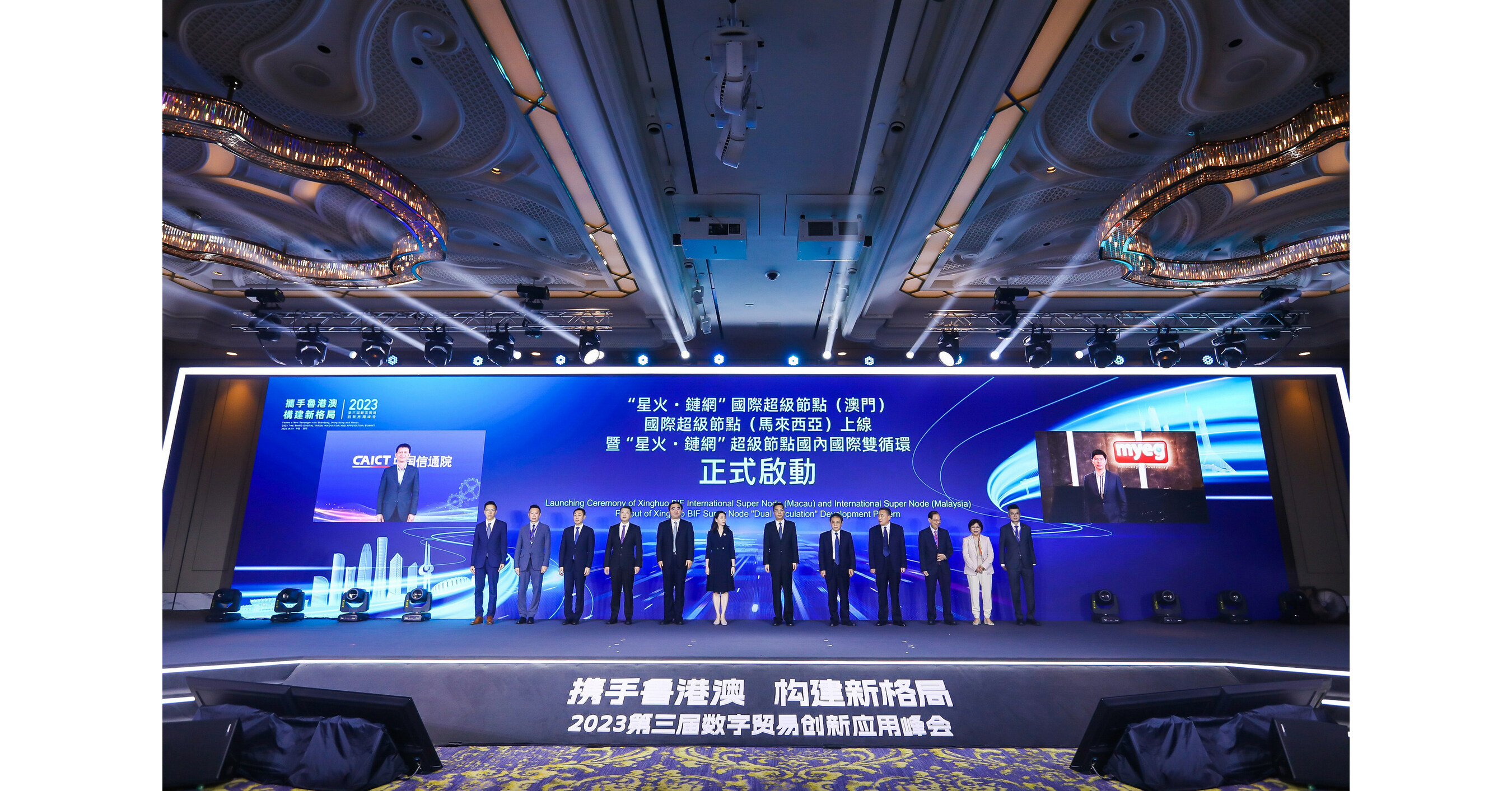Tap-to-tap payment cards have been a huge success on public transport, but they are just the beginning of a wave of fintech innovation that is bringing improvements for passengers and operators alike. Today, the smartphone is becoming the number one choice for making digital payments. And contactless metro cards, despite doing a good job of reducing ticketing pain points for travelers, are likely to go the way of paper tickets. “Consumers want solutions that are interoperable and open-loop,” Vijay Sondhi, CEO of NMI, told TechHQ. “And getting the whole transaction completed with the phone.”
For travelers, the most appealing solution is one that works across all modes of transport across the country, rather than just services in a single city. “There has been a paradigm shift in the last ten years and transport operators are much more focused on the customer experience,” Sondhi said. Putting wind in the sails is the transformation in the customer experience driven by neobanks. Consumers are getting used to financial transactions that are much easier to carry out and keep track of. And they expect ticket sales to be the same.
The supply chain wins
At the same time, suppliers benefit from changes in how point-of-sale (PoS) services are delivered. “The sector is moving from proprietary hardware to open hardware that has the payment software running on top of it,” Sondhi said. Stock hardware has a number of benefits beyond just keeping costs down. From a supply chain perspective, having solutions that can run on Android devices gives suppliers more resilience to delivery delays since the hardware is not tied to a single supplier.
Even the use of third-party dongles to accept payments is on the way out. In 2021, NMI teamed up with Mastercard and Global Payments as part of a “Cloud Tap on Phone” pilot that demonstrated how merchants could accept payments directly to their phone without a card reader. “Print on phone transactions are protected by the same security and encryption technology offered with EMV (Eeuropay, Mstar card, and Visa) chip cards all over the world”, writes Casey Merolla from IT services and consulting company Accenture. “They use the same secure transaction process as traditional points of sale.”
From a waste point of view, moving towards common hardware platforms and removing (or at least reducing the number of) plastic payment cards represents positive steps. According to ABI Research, more than 3 billion payment cards will be shipped by 2022. And Thales, which offers financial services operators payment cards made from bio-derived, recovered and recycled plastics, notes that traditional cards add up to a carbon footprint equivalent to hundreds of thousands of passengers flying from New York to Sydney.
Cardless future
The convenience of smartphone services such as tap to pay means that in many cases shoppers don’t even take a physical card with them when they go out and about. And vendors that cannot accept payments such as Apple Pay, Google Pay and other smartphone-based virtual card solutions may lose business. Customers will choose to order coffee and other items below the tap-to-pay limit, elsewhere from retailers whose payment services are updated.
And this is where payment processing platforms provided by firms such as NMI and others fit in. These solutions, which are often called middleware, are an abstraction layer that sits between the end-user solution and the bank. They contain all the “financial plumbing” necessary so that customer purchases happen seamlessly and sellers get paid for the goods and services sold. Payment gateways give developers easy access to hundreds of payment processors, enabling transactions not only in brick-and-mortar stores, but also online. NMI’s platform integrates, for example, more than 125 third-party shopping baskets.
“The world of financial technology is working to streamline the user experience,” comments NMI’s Sondhi. “And upgrades to the payment rails behind the scenes will be invisible to most users.” Increasingly, developers use APIs that interact with cloud services. But there are other options, including software development kits that build payment software on other platforms that may need more sandboxing – such as solutions connected to hospitals or GP offices.
Big data insight
Another benefit that comes with improved ‘wiring’ of the various payment layers, making it easier for merchants to adopt the latest digital services, is the insight gained into customer behaviour. By leveraging anonymized loss-to-pay data, transport operators get a much clearer picture of how services are being used and where to direct future investments to maximize impact. And when travel delays occur, the information can help provide quick and accurate information to passengers.
Investments made in innovation by financial service providers have paved the way for more convenient, and potentially less wasteful, contactless payments that come with a range of additional benefits for customers and merchants. And future development does not stop there. Other areas of interest include blockchain-based tools, which despite attracting mixed views given their association with the speculative world of cryptocurrency, could have a positive impact on the financial sector.
In principle, standardized and interoperable solutions based on such distributed ledger technology could help make the financial sector more robust and reliable, protect digital identities and enable traceability. Considering the pace of innovation over the past decade in digital payments, it is certain that financial services will continue to evolve and become more attractive to customers.
























